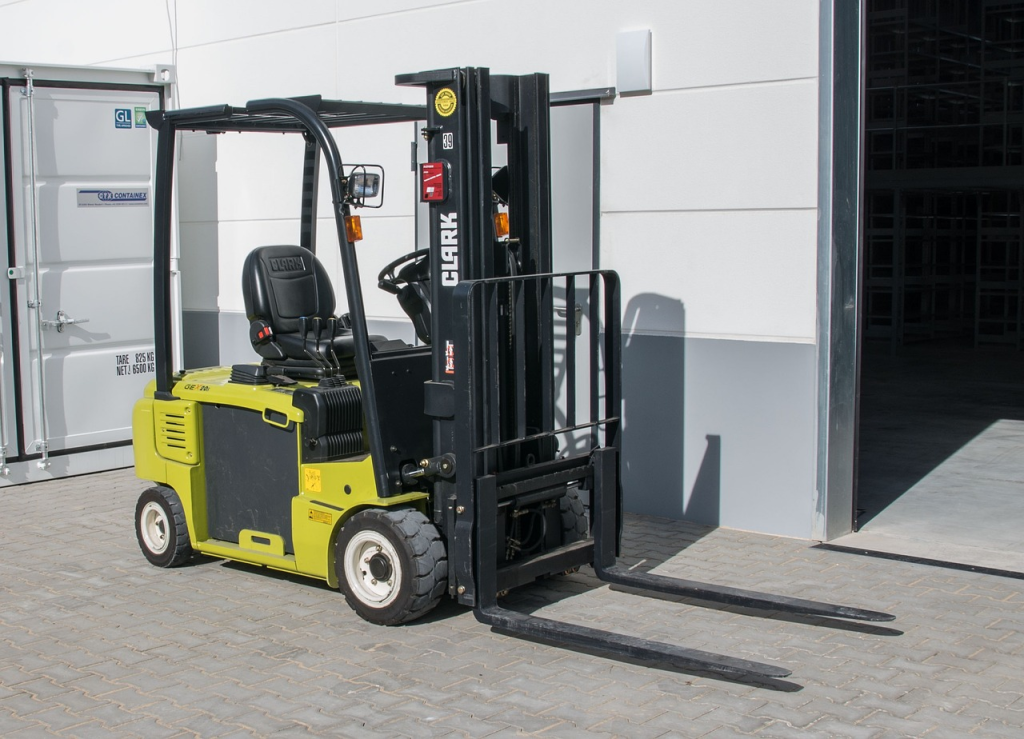Efficiency is the beating heart of any warehouse operation. As you strive to achieve this, the organization becomes your most reliable ally. This guide aims to illuminate key strategies to enhance your warehouse function, ultimately improving productivity, reducing error rates, and expanding your bottom line. Let’s navigate this journey to an organized, high-performing warehouse together.
Follow Compliance Guidelines
Adherence to compliance guidelines is a crucial component in optimizing warehouse operations. These rules, designed by industry experts, are not only critical in maintaining safety but also harbor the potential to enhance efficiency. By implementing standard operating procedures (SOPs), warehouses can streamline processes, minimize errors, and ensure a smooth flow of operations. Regular audits and checks ensure adherence to these guidelines, leading to a safer and more productive working environment.

Moreover, compliance aids in inventory management, preventing stock discrepancies and ensuring accurate record maintenance. It also involves the use of proper equipment for industrial racking and appropriate staff training, minimizing the risk of accidents and improving overall productivity. By embracing these guidelines, warehouses can operate more smoothly, effectively, and safely, contributing significantly to the organization’s overall success.
Try implementing compliance guidelines in your warehouse today and see the difference it can make! So, don’t wait any longer, start improving your warehouse’s function by following these tips and see the positive impact on your business.
Optimize the Layout
An optimized warehouse layout is the backbone of operational efficiency. A thoughtfully designed plan facilitates seamless movement, minimizes handling, and accelerates the process from receiving to shipping. Traffic patterns should be designed such that there is a logical flow of goods, reducing unnecessary movements and preventing bottlenecks. Furthermore, storage solutions should be geared towards maximizing space utilization. By using vertical storage and pallet racking, warehouses can accommodate more inventory in the same footprint, improving storage density.
The implementation of zones based on product types or frequency of access can also improve picking efficiency, reducing the time and distance traveled by warehouse staff. Lastly, an optimized layout caters to safety standards, ensuring clear evacuation routes and reducing the likelihood of accidents. Therefore, a well-planned warehouse layout not only enhances operational efficiency but also fosters a safer working environment.
Make sure to research the best layout strategies or consult with warehouse design experts to create an optimized layout for your specific needs. With the right layout, your warehouse will function like a well-oiled machine.
Utilize Technology and Automation
Nowadays, you can use technology to your advantage in many aspects of your business. Here’s how this can be applied to warehouses:
- Warehouse management system
- Barcoding and RFID Systems
- Automated guided vehicles
- Automated storage and retrieval
- Conveyor systems
- Pick-to-light and Put-to-light systems
- Voice picking
- Automated sorting
- Robotics and automation for material handling
- Predictive analytics and demand forecasting
- Augmented reality and virtual reality
- Drones for inventory management
Technology and automation offer real-time inventory management, ensuring accurate tracking and minimizing discrepancies. Automated systems accelerate picking and sorting processes, enhancing overall productivity.
Additionally, predictive analytics aid in demand forecasting, optimizing inventory levels and reducing overstock or stockout instances. Ultimately, technology and automation promote a well-organized, efficient, and cost-effective warehouse operation.
Manage Your Inventory
Proper control of stock ensures that you have the correct amount of products at all times, eliminating the risks of overstocking and stockouts. It enables timely and accurate fulfillment of orders, enhancing customer satisfaction and retention. Furthermore, effective inventory management allows for cost optimization, reducing holding costs, and ensuring cash flow efficiency.
It also gives a clear view of the inventory turnover, helping in forecasting demand, planning purchases, and maintaining healthy supplier relationships. Finally, with the aid of digital tools, real-time tracking and monitoring of inventory become possible, improving decision-making and reducing errors. This leads to a streamlined warehouse operation and ultimately, better functionality.
In essence, good inventory management is the heartbeat of a well-functioning warehouse, promoting efficiency, cost-effectiveness, and customer satisfaction. Make sure to prioritize it in your warehouse operations to reap these benefits.
Prioritize Safety
Implementing effective safety measures reduces the risk of workplace accidents, which not only protects employees but also minimizes downtime due to injuries. By creating a safe work environment, you also enhance employee morale, which directly boosts productivity. Safety measures like clearly marked pathways, use of personal protective equipment, regular equipment maintenance, and training for employees are essential.
Moreover, a secure warehouse reduces potential liabilities and promotes compliance with Occupational Safety and Health Administration (OSHA) regulations. For example, using stretch wrap machines for pallet wrapping not only ensures secure packaging of products but also minimizes the risk of back injuries in employees. Therefore, a robust safety culture contributes to the improved efficiency and success of a warehouse.
Maintain Your Equipment
Well-maintained equipment ensures reliability and reduces downtime due to unexpected breakdowns, which can disrupt the workflow significantly. It also extends the equipment’s lifespan, providing a better return on investment. Regular maintenance checks can identify issues early, allowing for timely repairs and preventing costly major failures. Additionally, well-maintained equipment operates at optimal performance, which can increase productivity.
For example, forklifts that are regularly serviced can operate at their maximum speed and lifting capacity safely. Finally, equipment maintenance is a key component of workplace safety, preventing accidents caused by faulty machinery. Therefore, regular equipment maintenance contributes to a more productive, efficient, and safe warehouse operation.
Train the Employees
Well-trained employees understand the workflow, adhere to safety regulations, and handle equipment efficiently, significantly reducing errors and accidents. Training enhances workers’ skills, leading to faster order processing, accurate inventory management, and an overall increase in productivity. It also boosts employee morale and fosters a team spirit, which indirectly contributes to the warehouse’s performance.
Furthermore, regular training updates ensure employees are informed about the latest warehouse technologies and practices. For example, training on the use of warehouse management systems can improve inventory accuracy and reduce picking errors. Thus, investing in staff training is not just an expense but a strategic move towards a safer, more efficient, and financially successful warehouse operation.

After implementing these strategies, you’ll see your warehouse transform into a model of efficiency and safety. Remember, continuous improvement is key – always be on the lookout for new ways to streamline operations, whether through technology, training, or innovative organization methods. Here’s to your warehouse operating at its peak performance!

Thanks for sharing this guide on optimizing warehouse functions! It’s packed with practical tips. I also came across another valuable resource (https://www.cleveroad.com/blog/best-ways-for-warehouse-optimization—leading-technologies-for-inventory/) that delves into leading technologies for inventory optimization, complementing the strategies mentioned in your guide. Check it out for a more comprehensive approach to efficient warehouse management!